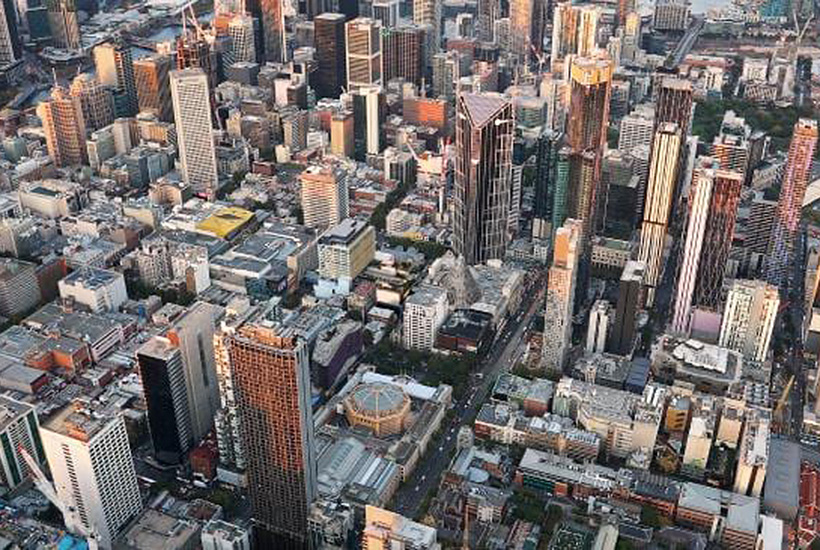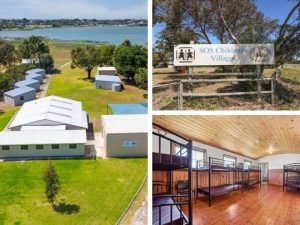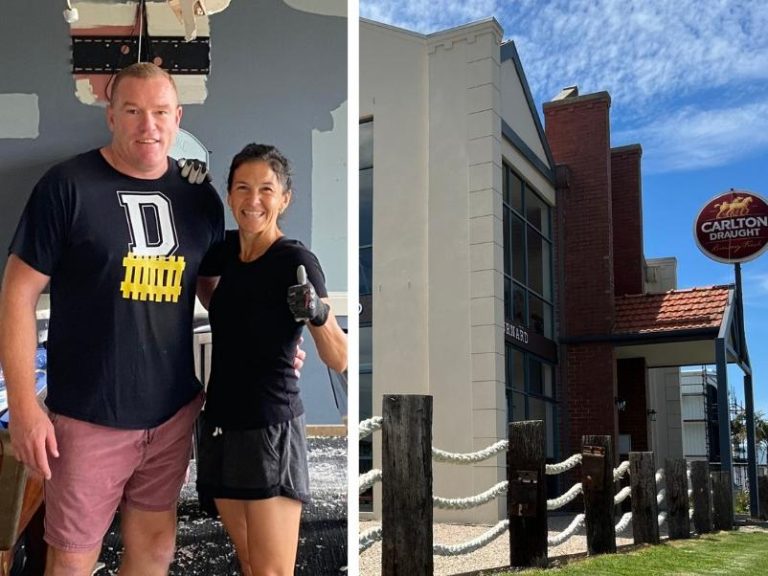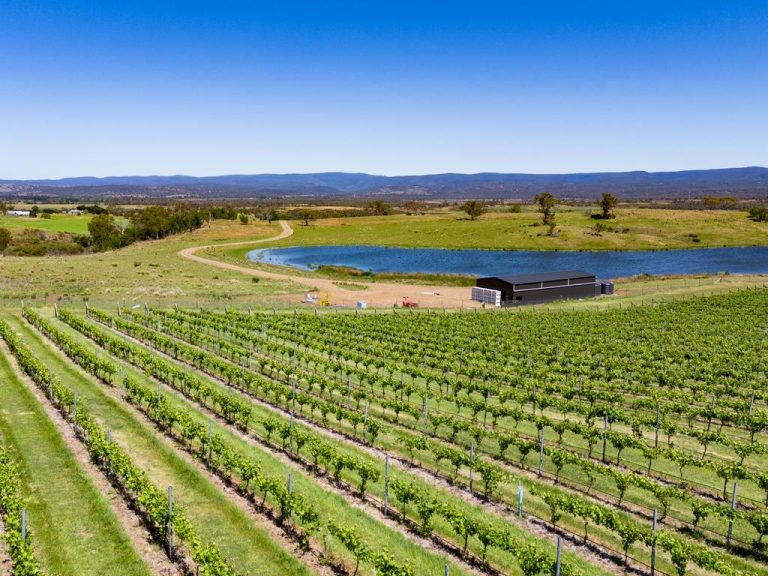Office vacancy down as market awaits new stock

Office vacancy is at its lowest level since the global financial crisis in Australia’s gateway market of Sydney but the city and its southern rival Melbourne are experiencing weak demand for space ahead of the great influx of new skyscrapers in coming years.
The vacancy rate around the country was 8.3% for July, down from 8.5 per cent in January, according to the Property Council Office Market Report with the NSW capital starring.
The Sydney CBD had its lowest vacancy rate — just 3.7% — since January 2008 as the overall Australian office vacancy rate decreased by 0.2 per cent over the period to 8.3%.
Commercial Insights: Subscribe to receive the latest news and updates
However, almost 1.4 million square metres of new stock will be added to the major CBDs over the next 3½ years with more than two thirds in Melbourne and Sydney.
Observers are unsure about the market’s next move as tepid economic conditions and political uncertainty generated by state and federal elections kept a lid on demand for space and vacancy crept lower as supply diminished.
PCA chief executive Ken Morrison said there had been only minimal pick-up in demand nationwide. Net tenant demand for CBD office space grew at its lowest rate in over four year with a lift of just 0.1 per cent over the six months, prompting warning of an economic softening.
JLL head of office leasing Tim O’Connor says parts of the economy are expanding and those companies will seek to grow their property presence. “However, some organisations have scaled back headcount expansions and may relinquish excess space creating additional competition for owners holding direct vacancy in their portfolio,” he says.
Net tenant demand grew by only 0.1% for CBDs and 0.4% for non-CBDs in the half to July, compared with 0.7% and 0.2% in the previous period.
Stock withdrawals accounted for 1% of the vacancy rate change across CBD markets.
Colliers International managing director of office leasing Simon Hunt insisted that white collar employment would hold up, saying that CBD and metropolitan markets in Sydney and Melbourne had received a significant boost from jobs growth.
“While the Australian economy has not been growing by an exceptional pace, employment growth has outperformed historic levels and has been the main contributor to strong office demand,” Hunt says. “Recent announcements by the RBA suggest this trend is set to continue.”
The gateway cities of Melbourne and Sydney were best performing CBD markets with very tight vacancies.
Melbourne’s CBD vacancy rate edged up to 3.3% from 3.2% in January. But positive net tenant demand accounted for just 0.2%.
The headline was Sydney’s CBD vacancy rate, which came down from 4.1% in January. But this was mainly due to a 0.7% shift due to buildings coming offline, with a 0.1% movement from negative net tenant demand.
Brisbane’s CBD vacancy rate fell to 11.9% from 12.9% in January. Perth’s vacancy rate tightened to 18.4% in July, while Canberra’s vacancy rate was unchanged at 11 per cent. Adelaide’s vacancy fell to 12.8%, down from 14.2%, on the back of surging demand.
New buildings are on the way with 334,494sqm of stock to be added in the second half and Melbourne facing the biggest increases in coming years.
Knight Frank chief economist Ben Burston says office leasing was characterised by a “flight to quality” to the best buildings, although he cautioned subdued business confidence would weigh on secondary stock.
He is also backing the labour market to support new buildings. “We expect this to support demand over the next year and for the flight to quality dynamic to result in a pick-up in development activity, with Melbourne taking the lead,” he says.
This article originally appeared on www.theaustralian.com.au/property.







